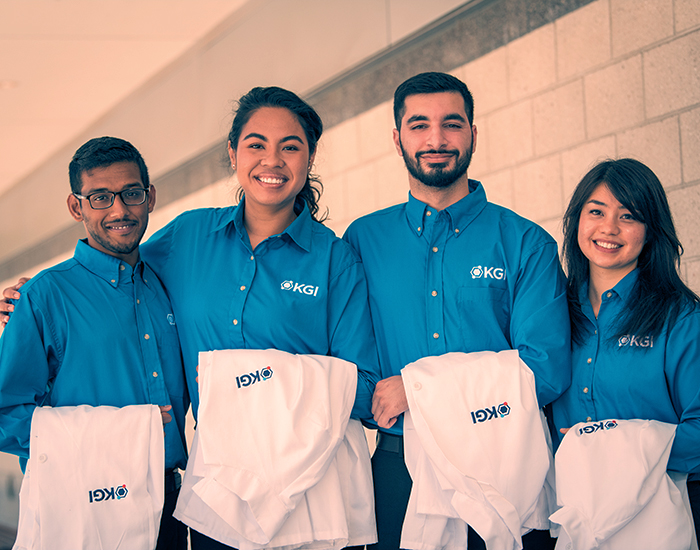There’s good news for prospective pharmacists: It might be easier to get into pharmacy school than you think. A pharmacy degree prepares you to become a fully licensed doctor; yet the application requirements are distinctly different from those of a medical doctor. Most PharmD programs are highly accessible, even for those without a bachelor’s degree. And, once you graduate, you’ll find yourself in a market with strong demand, excellent compensation, and a significant amount of job satisfaction.
To get into pharmacy school, first research pharmacy school programs, and then review and verify that you meet the application requirements and prerequisites. Once you’ve done the prep work, apply to the programs of your choice early in the application window.
What To Do When Applying to Pharmacy School
1. Research Available PharmD Programs
The Pharmacy College Application Service (PharmCAS) is your best starting point to find and learn more about available pharmacy schools and programs. PharmCAS provides a detailed school directory with a wide selection of available filters to help you narrow down the list of schools that suit your personal criteria.
Use the PharmCAS directory to learn more about schools in the regions or locations where you want to attend. You can also filter by certain application requirements, accreditation, CAG status, public/private, program structure, and whether the schools offer early application decisions.
Learn about how long pharmacy school is and what your experience could be like.
2. Review Pharmacy School Requirements
There are hundreds of pharmacy school programs available across the U.S. Application requirements will vary by school, but you’ll find that many accredited programs require:
- Successful completion of several undergraduate courses
- A “C” grade in prerequisite coursework
- Recommendation letters
- An application submitted during the application period through PharmCAS
- A PCAT score submission*
*Not all schools require you to submit a PCAT score. Check the application requirements of the schools you’re interested in attending before taking the PCAT or submitting a PCAT score. You can also research application requirements for each accredited pharmacy school using the PharmCAS school directory.
3. Study For and Take the PCAT (if required)
If one or more of the PharmD programs you’re interested in requires a PCAT score submission, study for and take the PCAT well in advance of the application period. Similar to the SAT or other admissions tests, you should give yourself time for potential retakes.
The PCAT is a 220-minute test split into five sections:
- Writing
- Biological Processes
- Chemical Processes
- Critical Reading
- Quantitative Reasoning
PCAT scores range from 200 to 600. The highest and lowest possible scores won’t change, but what’s considered a “good” PCAT score will depend on how other test takers performed after any given test administration. Additionally, most schools that require a PCAT will share the average PCAT score of their accepted applicants.
A score above the 50th percentile may be considered competitive at some schools, while a score above the 70th percentile may be considered highly competitive.
4. Submit Your Pharmacy School Application
Once you’ve researched schools and prepared your application materials, you’re ready to apply. You’ll likely find the application link for each school’s program available on the program website. If the school is using the PharmCAS system, its application link will take you to the PharmCAS portal where you can submit your application materials to multiple schools at once.
Early decision options can increase your chances if you’re dedicated to a certain academic program. Otherwise, try to get your applications in as early as possible.
A Pharmacy School With No PCAT Requirement: KGI
Unlike most medical schools, PharmD programs do not require a bachelor’s degree. However, you may find that undergraduate coursework toward a bachelor’s degree will be invaluable for success in a PharmD program.
At KGI, our Doctor of Pharmacy degree requires no PCAT. Instead, we look for applicants who have a proven undergraduate academic record in core areas that are important for future pharmacists. Passing grades in critical life sciences courses such as General Chemistry, Organic Chemistry, Biochemistry, and Microbiology provide solid groundwork, alongside well-rounded general studies in writing and mathematics courses, including English, Statistics, and Economics.
Learn more about KGI’s fast-growing Doctor of Pharmacy degree program, including how to qualify for the $40,000 Presidential Scholarships for PharmD students.
Want to know more about how you can get a PharmD and impact the world of Pharmacy? Download our new guide, Handling Healing: Why Are Pharmacists Important in the Healthcare System?




